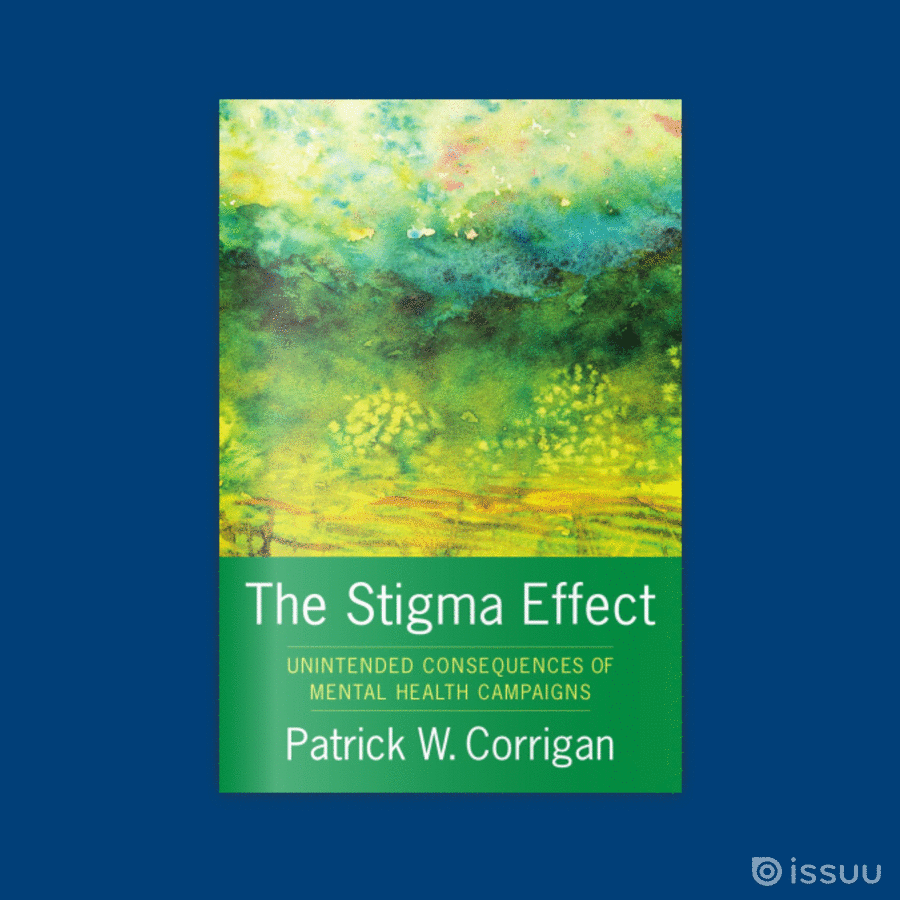Michael Kelly on Writing for Playboy and What It Taught Him about Magazines
“Any magazine is, in the end, what a very small, self-selected group of people—its readers—wants it to be. And the magazine is shaped to that.”—Michael Kelly, “Editing a Thought-Leader Magazine”
The following is an excerpt from Michael Kelly’s essay in The Art of Making Magazines: On Being an Editor and Other Views from the Industry, edited by Victor Navasky and Evan Cornog. Kelly was an editor and award-winning reporter, editor-at-large for The Atlantic Monthly and a syndicated columnist for The Washington Post.
In his essay, “Editing a Thought-Leader Magazine,” Kelly reflects on one of his earliest assignments writing an article on sex in America for Playboy magazine and what it told him about how to think about a magazine’s audience.
I want to begin with a small story that reflects poorly upon myself. When I was beginning to freelance just before the Gulf War, and was very broke, I got a terrific windfall. I was living in Chicago, off my girlfriend’s earnings—I was making about $2,000 to $3,000 a year—when I met an editor from Playboy. Playboy was based—I guess still is based—in Chicago, so I had a chat with him, and to my astonishment got an assignment worth $5,000 or $6,000.
So for a couple of months I went all around the country—Playboy had a lot of money, and this was a subject dear to their heart, so they would okay any expense—and watched people make blue movies, and went to all sorts of clubs, straight clubs and gay clubs and swingers’ clubs and S&M clubs and so on. And the more I did it, the more depressed I got, because the world I was wandering in seemed, at least to me, a rather grim place filled with grim, sad men, pathetic really, engaged in a kind of dismal and pathetic pursuit.
But it was the first time I had ever gotten material that I thought could be written up at length in a descriptive fashion, which was the kind of writing I wanted to do. So I really worked at the writing and wrote this long, bleak, despairing, grim, sordid story of sex in America, mostly focusing on the god-awful wretchedness of all the men out there that I was taking notes on
And then I handed it in to my editor, and he called me in a few days later for lunch and he said, “This is really a nice piece of writing. You really captured something here, and you’ve really got down on paper the sheer awfulness of these guys’ lives, how sad and lonely and pathetic they are.” And I said, “Thank you very much.”
He said, “Here at Playboy we have a term for those men.” And I said, “Really?” He said, “Yes, we call them our readers.”
He rejected the piece, and I would like to stand here and tell you that I stood on the principle of my art and pocketed the kill fee. But I really needed all the money, so I took the piece home and rewrote it, and in the end it turned out to be upbeat and positive and cheerful. I still have the original somewhere, and maybe I’ll get it published one of these days, but it taught me a lesson—that I sort of absorbed at the time and sort of didn’t—about what magazines were and how they were different from the world I had come from, the newspaper world. (I’d been a newspaper reporter for about twelve years before that.)< What that taught me begins with the notion that any magazine is, in the end, what a very small, self-selected group of people—its readers—wants it to be. And the magazine is shaped to that. It may not be shaped to that explicitly when the magazine starts and defines itself, but it is shaped like that along the way. And in this way, magazines assume what becomes almost an organic form, which is very hard to change.



